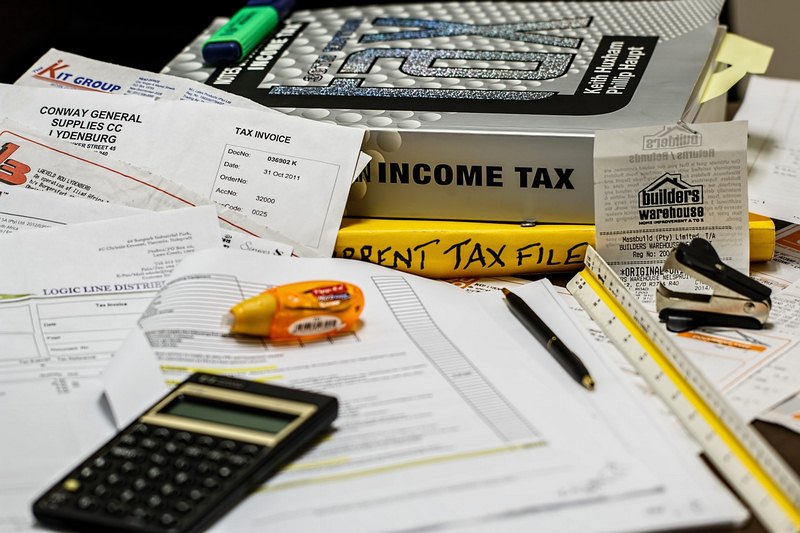The first step to reducing paper clutter is to have an organized filing system so that there is a place for everything, and everything can be in its place.
Many people experience an ongoing struggle with limiting paper clutter in their homes. Junk mail, bank statements, notes from school, bills, advertising flyers: they gather in multiple piles of paper that make finding a specific piece of information almost impossible.

It is counterproductive to declutter excess paper unless there is a system in place to provide order. Without a destination, pages simply get shuffled and reshuffled into different piles. Establish an appropriate filing system as a first step to dealing with paper clutter.
A filing cabinet is the ideal means for organizing paperwork. They come in various sizes and designs to suit most home study decors.
If space is available, a two- or four-drawer filing cabinet is the best solution. Having two cabinets can be considered if the amount of paper that needs to be filed justifies the expense and space allows. Beware of providing too much space for filing and giving in to the temptation to keep every piece of paper that enters the home.
If less space is available, some office desks come with a filing cabinet-style draw included. There are also smaller desktop filing cases that will hold a small number of hanging files. These are also ideal for keeping regularly accessed documents within reach so you can avoid the temptation to keep these pages loose in a tray “to be filed later” once they have been removed from the main filing cabinet.
When space is limited, lever arch folders and/or document cases can be stored on a bookshelf. Folders of the same style and/or color can be purchased to keep this area looking neat. A supply of plastic sleeves/envelopes and dividers will also be needed.
If using lever arch folders or document cases, buying the same style in a variety of colors can make it easier to quickly locate specific information; for example: red for finance, blue for family, green for insurance. In a filing cabinet, using different colors on the file labels can distinguish different subjects.
In a large filing cabinet, it is possible to allocate different drawers to different areas. All financial and business-related documents (insurance policies, bank statements, tax returns, receipts and so on) can be kept in one drawer. Correspondence and family documents such as certificates, medical information and school documents can be kept in another.
Smaller filing cabinets can be sorted into subject groupings or alphabetically. A general grouping of related files can make it quicker for others to find the document they need.
Consider the information to be stored and create a folder for each category. Limit the number of manila folders where possible. The filing cabinet will remain much tidier if documents can simply be filed directly into the hanging folders.
In the first file in the top drawer of the cabinet, store a “where is it” document that can be used as an index. Many items can be logically filed in more than one place. For example, most insurance can be stored under “insurance“, under the item covered, “medical“, “car“, “house” and so on, or under the name of the insurance provider.
Don’t overcomplicate the system. Having 100 folders that each hold only one or two documents is counter-productive and time-consuming to maintain. Keep topics general and the system as simple as possible.
The most important thing to remember is: label everything! Without clear and concise labeling of files and folders, a system quickly becomes chaotic.
Once the system is established, any document can be filed where it can easily be accessed when required.